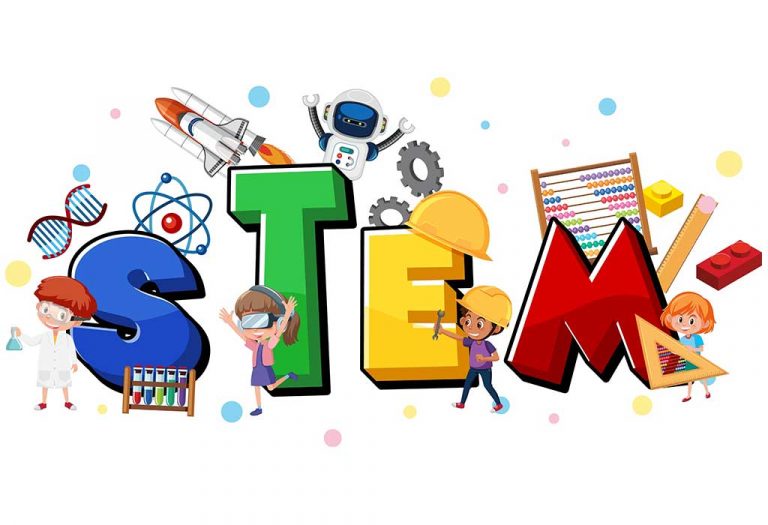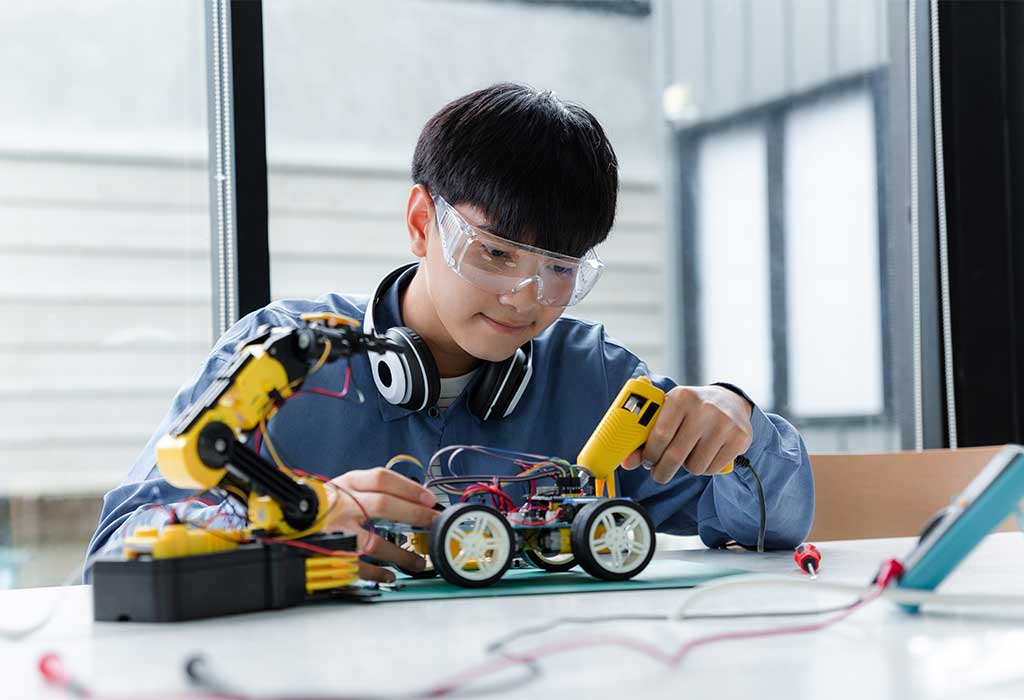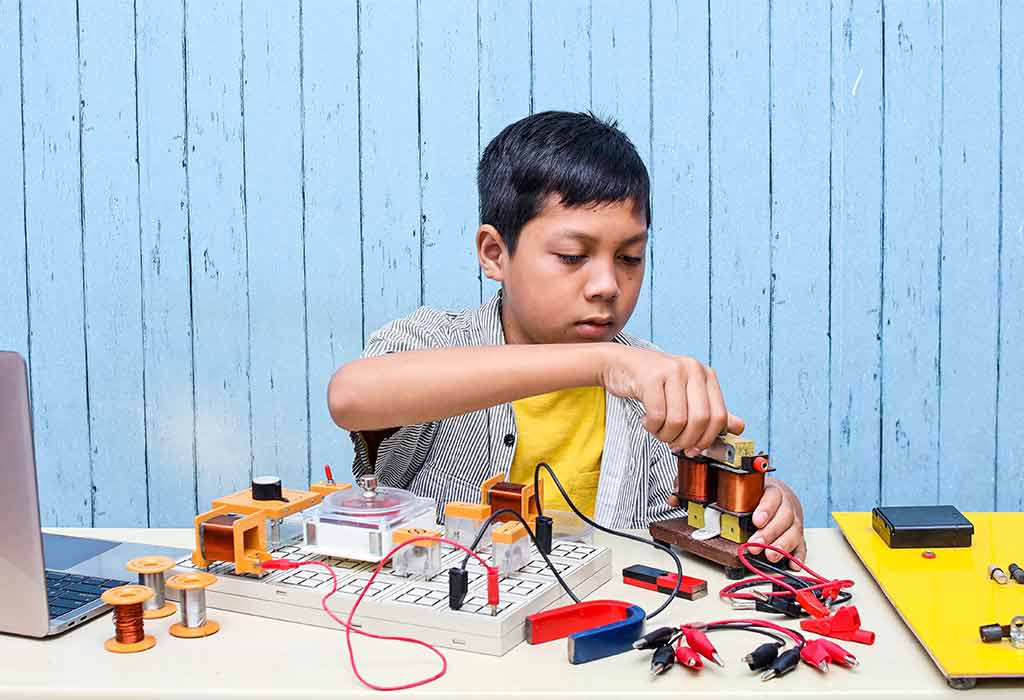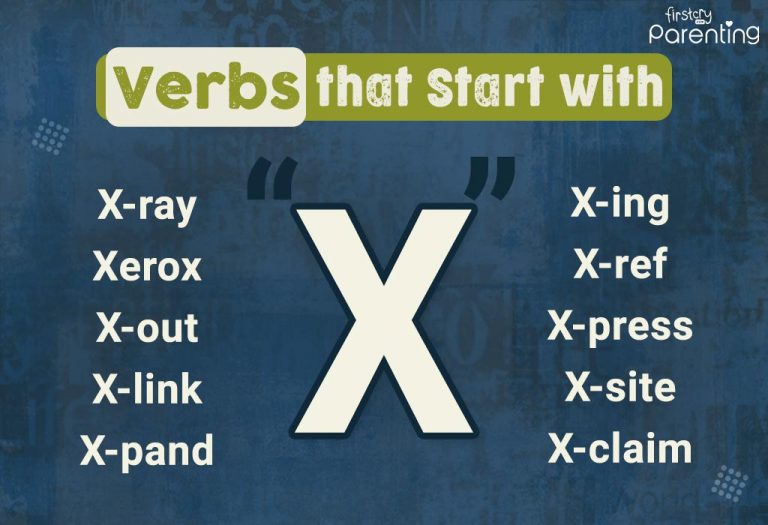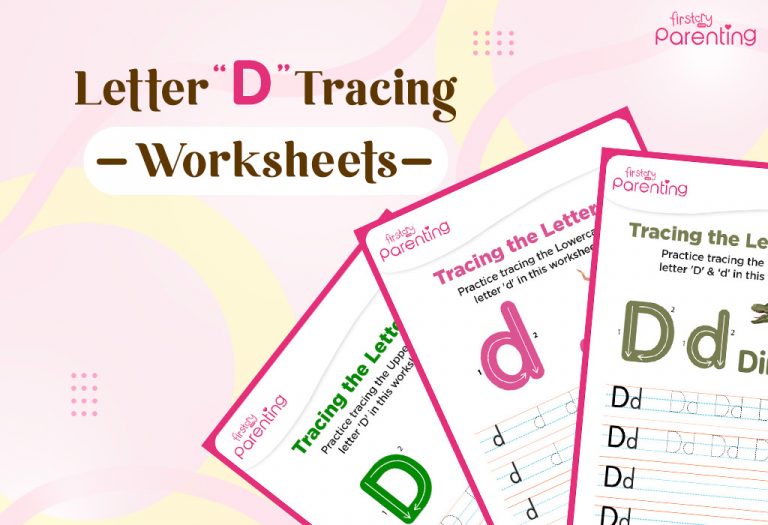STEM Education for Kids – Importance and Activities
STEM education has become a cornerstone of modern learning, stirring curiosity and innovation in young minds. This learning approach integrates four key subjects—Science, Technology, Engineering, and Mathematics—to develop critical thinking, problem-solving, and collaborative skills in children. By incorporating advanced technology and AI into everything we do, STEM education for kids equips them with the right tools and learning materials to navigate challenges and seize opportunities.
Parents and educators now recognize the importance of incorporating STEM activities into children’s daily learning experiences. STEM activities are beyond daily activities for children; they encourage creativity, stimulate analytical thinking, and build a lifelong passion for discovery. By cultivating these skills early on, STEM education sets the foundation for success in both academic and real-world contexts.
In this article, we’ll explore why STEM education is vital for kids, its benefits, and practical activities to spark their interest.
What Is STEM Education?
STEM education is a learning approach that combines Science, Technology, Engineering, and Mathematics. It encourages hands-on learning and practical applications, motivating kids to think creatively and solve problems. This method prepares children for future challenges by making learning both practical and engaging.
Why Is STEM Education Important?
STEM education is substantial in preparing kids for the future. It nurtures essential skills that are needed in everyday life and career paths. The benefits of STEM education go far beyond academics, as it helps children become critical thinkers and skilful problem-solvers.
- Encourages Problem-Solving: Kids learn how to tackle challenges using logic and creativity.
- Builds Confidence: Completing STEM projects boosts self-esteem as children see the results of their efforts.
- Promotes Teamwork: Many STEM activities require collaboration, teaching kids how to work effectively with others.
- Improves Communication Skills: Explaining ideas and presenting solutions help children express themselves clearly.
- Develops Real-World Skills: STEM projects teach practical skills that can be applied in future careers and daily life.
- Inspires Creativity: By exploring new concepts, kids develop an innovative mindset.
- Prepares for the Future: Early exposure to STEM fields opens doors to exciting career opportunities later on.
Concept of STEM Education for Infants and Toddlers
Introducing science, technology, engineering, and mathematics education to infants and toddlers might seem early, but it’s about fostering curiosity through play and exploration. At this age, simple activities that engage their senses can lay the foundation for lifelong learning. Early exposure helps them develop problem-solving and observational skills in fun and interactive ways.
Concept of STEM Education for Preschoolers & Kids
STEM and education work simultaneously to build curiosity and problem-solving skills in preschoolers and kids. At this stage, hands-on activities and interactive projects make learning exciting and meaningful. These experiences encourage them to explore new ideas and develop foundational knowledge in science, technology, engineering, and math.
Key Ideas for STEM Education:
- Hands-on Experiments: Simple science experiments like mixing colours or observing plants grow help kids understand basic concepts.
- Building Activities: Using building blocks or craft materials to create structures introduces children to engineering in a fun way.
- Technology Play: Interactive tools like tablets or coding games teach kids about problem-solving through technology.
- Math in Everyday Life: Activities like counting objects, reading time, or measuring ingredients make math practical and engaging.
Simple STEM Activities for Kids
STEM activities are an enjoyable way to introduce children to the concepts of science, technology, engineering, and math (STEM). By integrating these activities into daily routines, kids can explore the practical side of learning while having fun. These simple ideas are perfect for introducing STEM education curriculum concepts at home or in the classroom.
1. Build a Paper Bridge
Challenge kids to create a bridge using only paper and tape. This activity teaches basic engineering concepts and encourages problem-solving as they figure out how to make their bridge strong.
2. DIY Volcano
Using baking soda, vinegar, and a homemade volcano model, kids can learn about chemical reactions. This hands-on experiment is both exciting and educational.
3. Coding with Blocks
Introduce kids to coding by using block-based coding platforms or even coloured blocks to represent sequences. It’s a simple way to teach technology concepts and logical thinking.
4. Plant a Mini Garden
Help kids plant seeds and observe how they grow over time. This activity combines science and math as they measure growth and learn about plant life cycles.
5. Create a Marble Run
Use household items like paper rolls and tape to design a marble run. This teaches principles of physics and engineering while sparking creativity.
6. Number Patterns with Beads
String beads in different patterns and ask kids to identify and replicate them. This activity makes math fun while teaching patterns and sequencing.
FAQs
1. What is STEM education in early childhood?
STEM education in early childhood focuses on introducing young children to basic concepts of science, technology, engineering, and mathematics. It uses playful activities like building blocks, exploring nature, and simple experiments to encourage curiosity and learning.
2. Why are STEM activities for students important?
STEM activities for students develop critical thinking, creativity, and problem-solving skills. They also help kids connect learning with real-world applications, preparing them for future challenges and opportunities.
3. How can parents encourage STEM learning at home?
Parents can engage kids in simple STEM projects like building models like a water filtration system, planting a garden, or exploring coding games. Everyday tasks like cooking or counting objects can also be turned into fun STEM learning opportunities.
4. Is STEM education only for older kids?
No, STEM education in early childhood is just as important. Early exposure to STEM education in a casual way helps build a strong foundation by introducing concepts in an age-appropriate and engaging way through play and exploration.
STEM education plays a substantial role in shaping the skills and minds of young learners. By integrating science, technology, engineering, and math into daily learning, children gain the tools needed to solve real-world problems. Early exposure to STEM encourages curiosity, creativity, and critical thinking in children of all ages. Simple activities like building, experimenting, and coding make learning fun and interactive. Parents and teachers can work together to introduce these concepts in fun and engaging ways. Since the benefits of STEM education extend beyond academics, preparing kids early on ensures that children develop a lifelong love for learning and exploration and lead a successful future.
Also Read:
Science Project Ideas for Kids
Interesting STEM Books for Kids
STEM Toys for Children
Was This Article Helpful?
Parenting is a huge responsibility, for you as a caregiver, but also for us as a parenting content platform. We understand that and take our responsibility of creating credible content seriously. FirstCry Parenting articles are written and published only after extensive research using factually sound references to deliver quality content that is accurate, validated by experts, and completely reliable. To understand how we go about creating content that is credible, read our editorial policy here.





